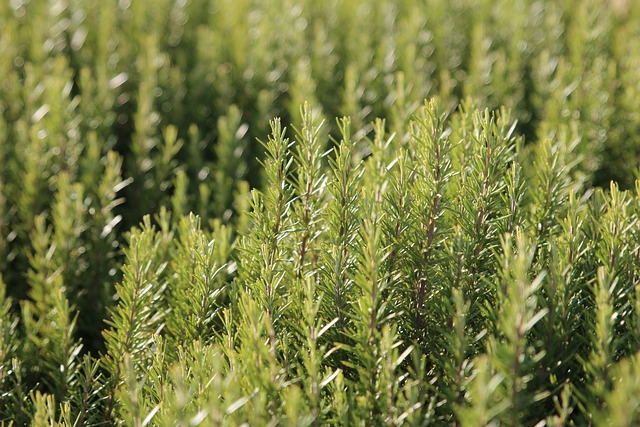Rosemary, Rosmarinus officinalis, is an evergreen herb belonging to the mint family, Lamiaceae. Known for its aromatic and resilient nature, rosemary holds a significant place in kitchens, gardens, and healing practices around the globe. This article offers an in-depth exploration of rosemary, its various types, uses, and health benefits.
Types of Rosemary
There are several varieties of rosemary, with the most common ones being:
- Upright Rosemary: This type of rosemary can grow up to 2 meters high and has needle-like leaves. Upright rosemary is often used in culinary applications and as an ornamental plant in gardens.
- Creeping Rosemary: Unlike its upright counterpart, creeping rosemary, as the name suggests, grows along the ground, making it an excellent choice for ground cover in gardens.
Culinary Uses of Rosemary
Rosemary has a unique, strong flavor that’s slightly reminiscent of pine. Its robustness makes it a favored ingredient in a plethora of dishes. The herb’s most common culinary uses are in Mediterranean cuisines, where it finds its place in meat dishes, especially lamb, chicken, and pork.
Rosemary is also used to flavor vegetables, bread, and sauces. It is a component of the famous Herbes de Provence, a French blend of herbs. Additionally, rosemary-infused oil is a delicious and aromatic addition to salad dressings, roasted vegetables, and grilled meats.
Health Benefits of Rosemary
Beyond the kitchen, rosemary boasts a wealth of health benefits:
- Antioxidant Properties: Rosemary is rich in antioxidants, including carnosic acid and rosmarinic acid, that help protect your cells from damage by free radicals.
- Anti-Inflammatory Properties: The same compounds also exhibit anti-inflammatory effects, potentially reducing inflammation in your body.
- Cognitive Health: Some research suggests that rosemary may enhance memory and concentration, possibly due to its antioxidant properties.
- Digestive Health: Traditionally, rosemary has been used to help soothe digestive issues, and recent research has begun to support these claims.
Growing Rosemary
Rosemary is a hardy plant that thrives in full sun and well-drained soil. It’s drought-tolerant and prefers slightly alkaline conditions. Although it can be grown from seeds, rosemary is typically propagated from stem cuttings for a faster and more successful growth.
When growing rosemary indoors, ensure the plant receives ample sunlight and is not over-watered, as this can lead to root rot. Given its origins in the Mediterranean, rosemary can tolerate cooler weather but needs protection from harsh winter conditions.
Rosemary is a versatile herb, offering an enticing blend of culinary uses and health benefits. Its resilience and attractive foliage also make it a delightful addition to any garden, showcasing why this fragrant herb is cherished worldwide. Whether you’re a gourmet cook, a budding herbalist, or an avid gardener, rosemary has something to offer you.
